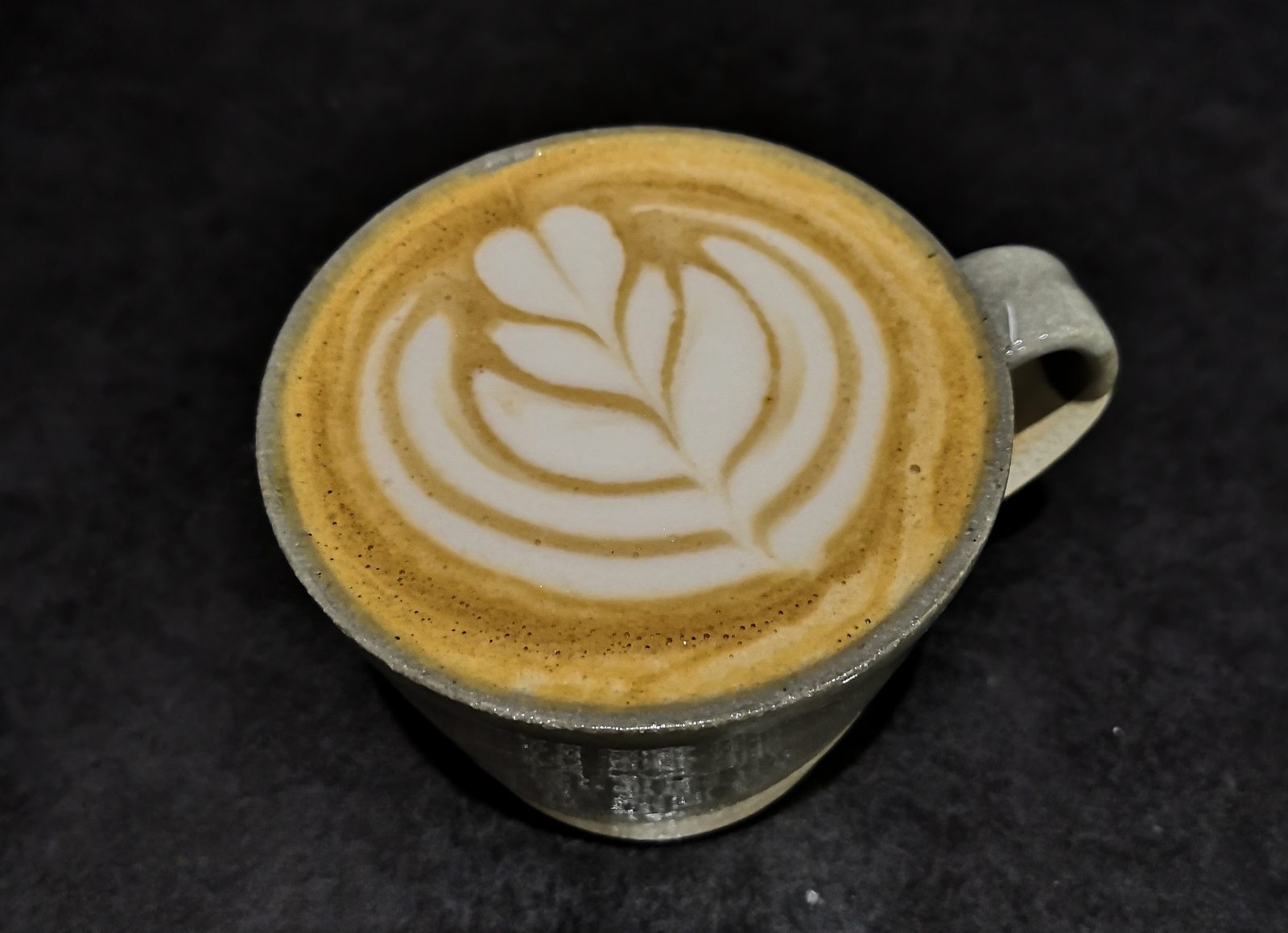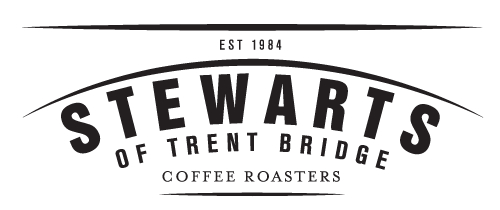
The purpose of this blog post is to give you my opinion on brewing espresso at home, the benefits and enjoyment gained vs the endless fight for a good extraction time. Rants are inevitable.
Let me start by stating the obvious. You can get a better tasting espresso-based drink from a specialty coffee shop, providing the barista knows what they are doing and the coffee they are working with is good quality. This can already be difficult to find, but if you have access to a good coffee source like this, with good customer service, then stop reading and head there.
If you’re still reading then you have a two options. Make mediocre espresso at home, or make really nice filter for a much lower start-up. I bought a sage machine in 2016/17 when I first began to immerse myself in the science behind espresso and them blodgy white patches that rose when I poured the milk in a particular way (latte art). At this point I wasn’t a barista, but I kinda knew what I was doing from the endless coffee related reading from the likes of James Hoffman and Chris Baca that ultimately put Uni work on hold. Now, I realise how good the machine really is for the price (around £400-500 new), in comparison to the next best thing (a commercial machine). The machine itself gives you great flexibility, you can adjust grind size, ground coffee volume if using a full hopper (although I choose to way each dose individually), temperature, and liquid volume out. It also textures milk surprisingly well, and can make a good espresso.
However, espresso machines take time to heat up, and I doubt the majority of Sage users even allow for this, let alone the complications with the above factors. In addition, coffee recipes get complex, change with varying beans used and it often takes a minimum of 2-3 nearly undrinkable espressos for you to ‘dial in’. By that point I’ve used 51g (17g average dose size x3) which is 1/5 of my monthly 250g bag. To make things worse, if you’ve ever worked with espresso you’ll realise to get that perfect recipe consistently every morning considering the variables is tough. One way to get around this is to be satisfied with one blend (I hear Sunset Espresso is pretty good) and buy at least 500g to play with and achieve relative consistently. Sadly, I’m too much of a coffee slut to remain that loyal.
The reality of this machine now is that it serves a good purpose to me every so often and my housemates with a pursuit for caffeine, but boy do they drink some bad espresso from it.
What I’m trying to say is, you can never replicate an espresso made in a professional environment. If you are really into espresso and it’s complications then great, buy a Sage, or something of a similar calibre. However, if you’re not a barista and want a good coffee conveniently at home which is a step up from instant, learn how to make a good filter coffee and buy some basic gear (scales, kettle, Clever dripper/Aeropress/French Press) = £40. Just please buy good coffee to go with it, speak to your local roastery.
Disclaimer; sorry if I have offended you and your mediocre espresso, I am just too deep in this coffee thing.


